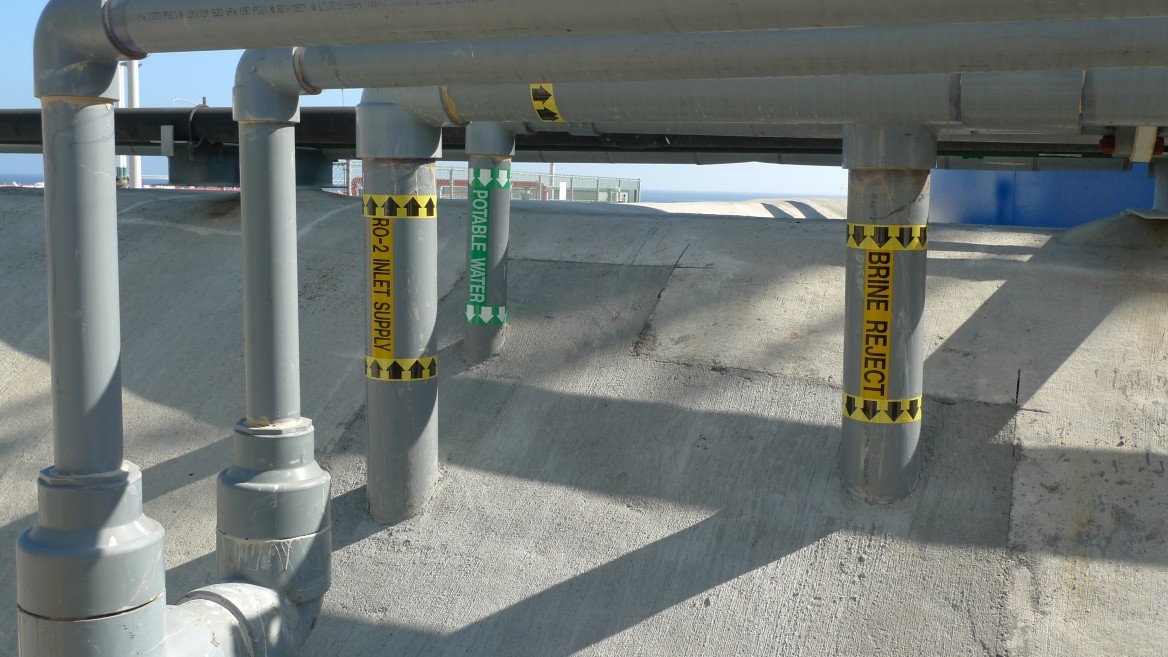Feasibility Study of Catalina Island Desalination Treatment System

Greeley and Hansen, A TYLin Company, partnered with Southern California Edison to develop a feasibility study of the Santa Catalina Island Desalination Treatment System.
The purpose of the feasibility study of the desalination treatment system was to identify the most feasible solution of providing a sustainable potable water source for the City of Avalon, California located on Catalina Island through the evaluation of environmental, economical, and social impacts. This feasibility study included a review of the study area of Catalina Island. Due to the Island’s isolated location 26 miles off the coast of Southern California, southwest of Los Angeles, a direct means of obtaining water from the mainland is impractical and cost prohibitive. Therefore, all water development must come from island resources.
The water system on the Island is extremely unique due to its location and the large fluctuations in population influenced by tourists during the summer and winter resulting in highly variable water demands. The existing Desalination Facility was undersized to meet future needs. Several alternatives were explored to determine the most effective option that provides a timely solution to the potable water issue that is also environmentally and cost sensitive. Alternatives ranged from maximizing storage capacity while minimizing desalination production capacity, and minimizing storage capacity with maximizing desalination production capacity. Non-desalination options such as maintaining the status quo or transporting water to the Island from mainland California were also evaluated but these options were not considered feasible due to emergency drought conditions and Stage 3 rationing levels. These options would not achieve the goal of increasing water production and storage to alleviate the current water stresses on the population and ecosystem as well as not provide required 4-hour PHD storage.
For all Desalination Facility-related alternatives, a recommendation is that a phased addition of the desalination capacity is implemented where incremental increases in desalination capacity are incorporated as demand for the drinking water increases on the Island. The phasing of each new increase in capacity or storage volume allows each completed phase to be reviewed. The ability to gather data after a phase is commissioned to determine how the Desalination Facility and accompanying storage modification is performing is paramount in making cost-efficient and timing-related decisions about the scale of the next phase.
Project Highlights:
-
Evaluation of desalination system to meet future potable water needs
-
Unique system due to location and population fluctuations influenced by tourist season
-
Alternatives analysis led to recommendation of phased additions for cost efficient improvements to the system